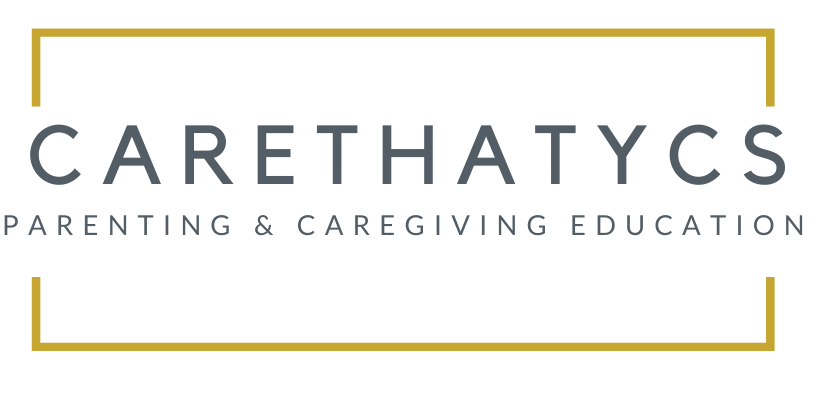While we celebrate Black Awareness Day on the 20th of November in Brazil, and other months around the world, here in the United States, this date is celebrated in the month of February, due to the birth of Abraham Lincoln, president of the USA responsible for abolishing slavery. Also, due to Frederick Douglas’ birthday, a slave who fled his masters and became the leader of the abolitionist movement.
It is a date that seeks to reflect the appreciation of the black community and how their achievements were neglected and many times stalled. Institutes and universities have been generating discussions and events to raise awareness among children and young people. Seeking to change the culture of racism that has always been part in society. It is up to parents to talk about the cause with their children from an early age so that they can have a more empathic view, in a genuine way, showing compassion to those who suffer from racial inequality.
Historical context
According to the American organization The Counscious Kid, we should not tell children that we are all the same. On the contrary, from an early age, we should talk about racism, how black folks have suffered and still suffer. Unfortunately, it is an ingrained thought that needs to be fought, because our culture has always been based on discrimination, on the privilege of races, such as white, and on the detriment of other ethnicities, such as black and indigenous people. This culture is what constitutes structural racism.
Our duty as parents and caregivers is to build a mentality in our little ones, to the point of being aware that many things that society says is normal, it isn’t, though it may appear common and easy to believe. It is an overly complex and deeply rooted structure that will require the work of generations to be undermined. For this reason, we need to present a different perspective on all the injustices and inequalities that exist in our world. We cannot contribute or be a further propagator of that. Therefore, our duty is to guide our little ones not to reproduce the prejudiced behaviors that, for many, is something common and normal, that many still don’t even recognize.
Dialogue is important
Most parents try to avoid talking about this issue with children because they believe that it would make them realize the difference between races and could make them racist. However, not talking about it, only reinforces everything that society implicitly worships. Therefore, it is best to dialogue so that the child’s gaze is shaped and enlarged, making them question everything that they see that may be discrimination.
You must be asking yourself: but how to approach this with my kids in the proper manner?
Children are great observers. They quickly learn about where everything is, the professions we choose, how animals act and communicate. So, they also need to learn where black people belong in society. Because, at some point, they will realize that people are treated differently because of the color of their skin, they will realize that some people have a different appearance, that they tend to always occupy the same places and practically work in the same professions. And they will soon also notice that, in some occupations, they are minorities.
This difference is noticeable in everything, in the characters of the films, in the places they go, in their circle of friends, in the dolls, in the high positions of the government. And it is in accordance with this reality that we perceive and can explain to children how this discrimination was instituted, how, though we may see some changes, it remains to this day and how unfair it is to these people. It is precisely this stark difference between black and white people that makes it a big mistake to tell our little ones that we are all the same – because reality shows us that we are not, that this is a dichotomy.
We know that in saying this, our aim is to prevent our children from discriminating against someone for having a different color and looking different from them. But in living a completely different reality, we are allowing our children to draw their own conclusions according to what they see in their daily lives.
Knowing how challenging it can be for some parents to handle this topic, I have selected 3 tips to help you talk about racism with your little ones:
1. Be the example
Children learn by imitation, it is no use talking and not being an example to your child. You need to treat people with kindness and respect everyone equally. Avoid speaking any prejudiced or racial language/slur, treating those different from you unevenly, or lacking respect. Take time to educate yourself first and think about your past actions. If parents seek to promote an egalitarian thinking education, they must be role models. Therefore, reevaluate your behavior and police yourself to correct possible errors due to behavioral patterns.
2. Talk about other cultures
Through stories, books, movies, and cartoons, introduce your little one to new cultures. It is not enough to let your child see a movie or a cartoon that talks about minorities, parents, and caregivers need to explain the context and history of black people, everything that has happened since the beginning of civilization. So that the little ones can understand how much they have suffered and been harmed over the years. How they are resilient warriors and deserve all our respect.
3. Look for inclusive education Institutions
Try to enroll your little one in a school that promotes and advocates for a more inclusive education, that addresses inequalities, promotes diversity with multiple holidays, and teaches about other cultures. It will be essential for the child to see this being addressed in the collective.

